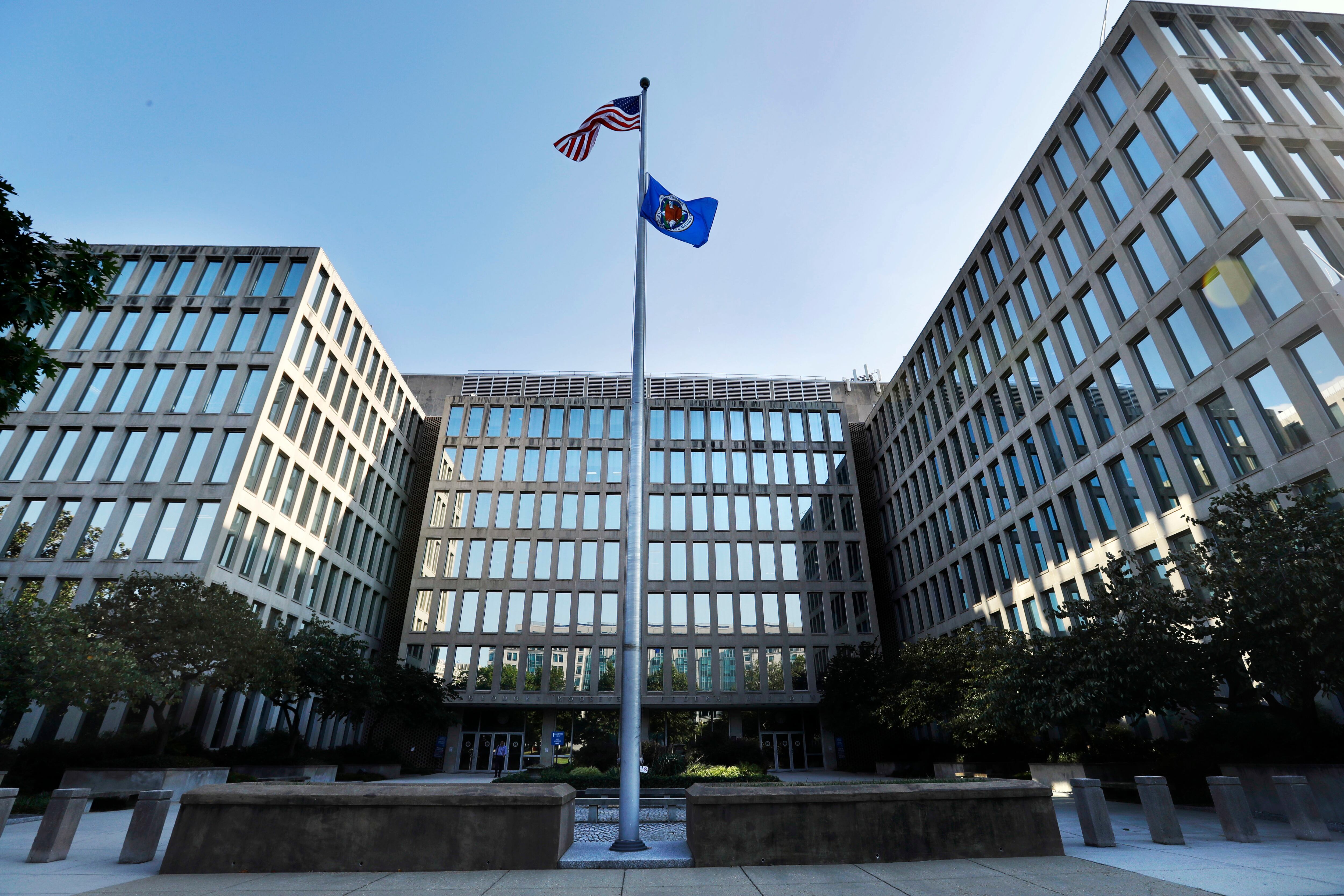The average health insurance premium increase for federal employees and retirees in 2019 will be 1.3 percent, the lowest increase since the 0.6 percent rate of 1996, the Office of Personnel Management announced Sept. 26.
The shares of that increase are divided between the government and employee contributions to premiums, with the employee share increasing by 1.5 percent, and the government share increasing by 1.2 percent.
The employee share increase is the lowest since 1995.
“Those increases are based on 2018 enrollment, where people are enrolled now. And if they don’t make any changes, that’s sort of the weighted average increase. Obviously, if people make choices and they move to a lower-cost plan, the actual program-wide increase may be less. And, in fact, year-in-year-out we generally see that effect,” said Alan Spielman, director of Healthcare and Insurance at OPM in a press call about the Federal Employees Health Benefits program.
“Low increases are good news, but OPM continues to encourage enrollees to shop for coverage, evaluate alternatives. Because even if your plan had a modest increase or decrease, you might still find better value by evaluating your needs and the range of choices that are available throughout the program.”
RELATED

In fact, according to Spielman, even if many federal employees stay exactly where they are, they could see a decrease in premium rates due to net decreases in large nationwide plans with high enrollment.
“There will be a significant number of people that will have a decrease,” said Spielman.
In total there will be 265 plans offered under FEHB in 2019, with 16 plans offered nationwide. That’s up from the 262 total and 15 nationwide plans offered in 2018.
Four plans that were part of 2018 offerings will not be offered in 2019, meaning that members of the Healthnet of Arizona, Inc., UnitedHealthcare of California, UnitedHealthcare Plan of the River Valley, Inc. and Physicians Plus Insurance Corporation plans will be notified by mail of their need to pick a new plan for the upcoming year.
The number of options offered under each plan also expanded, as 27 plans now include three options for enrolling employees: self, self plus one, and self plus family.
“We’ve confirmed this year through regulatory action that all carriers were permitted to offer three plan options of any type,” said Spielman.
The self plus one plan type, established in 2016 to give more flexibility than the family plan to employees with only one extra family member to insure, has seen greater interest, though not all those who are eligible have taken advantage.
“We’re seeing more movement to the self plus one. We still have a significant number of, sort of, two-person contracts in our self plus family,” said Spielman.
He added that recent trends also revealed an expansion of various types of services.
“We have seen an expanded availability of telehealth services, enhanced chronic care management. A number of plans have added incentives for enrollment in Medicare Part B for those FEHB enrollees that are retired and Medicare eligible. We’ve removed a restriction that we’ve had for a number of years on the amount that high-deductible health plans could contribute to tax advantage health savings accounts.”
One third of high-deductible plans will be increasing their account contribution amounts as a result.
For dental and vision insurance, which are entirely employee-funded, members will see both increases and decreases for 2019.
Vision insurance premiums will decrease by an average of 2.8 percent, while dental premiums will increase by an average of 1.2 percent.
Those plans are also likely to see an increased number of enrollees, as a provision in the National Defense Authorization Act of 2017 moved military retirees and family members onto the federal vision and dental programs.
The TRICARE dental program for military retirees ends on December 31, 2018.
“We’re pleased this year to be welcoming uniformed service retirees and their families to enroll in either dental or vision coverage or both, and active duty family members to enroll in vision coverage,” said Spielman.
Full FEHB plan brochures, along with an enhanced online comparison tool that allows users to print out their comparisons, will be available in early November, while the Federal Employees Dental and Vision Program comparison tool will be available Oct. 1.
Plan brochures for FEDVIP will be released in mid-October.
Open enrollment for 2019 will be from Nov. 12 through Dec. 10, 2018.
Jessie Bur covers federal IT and management.
In Other News




